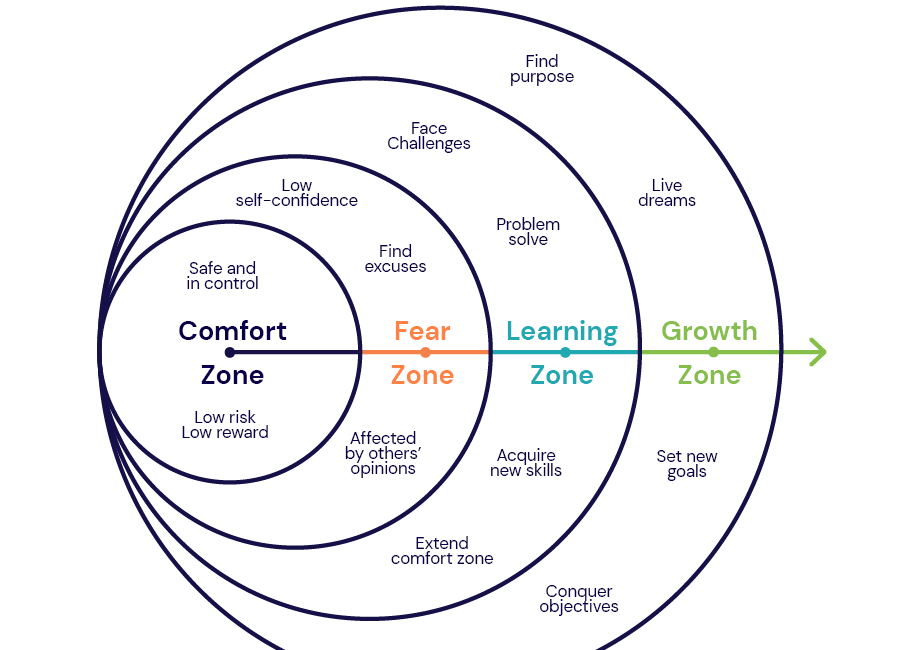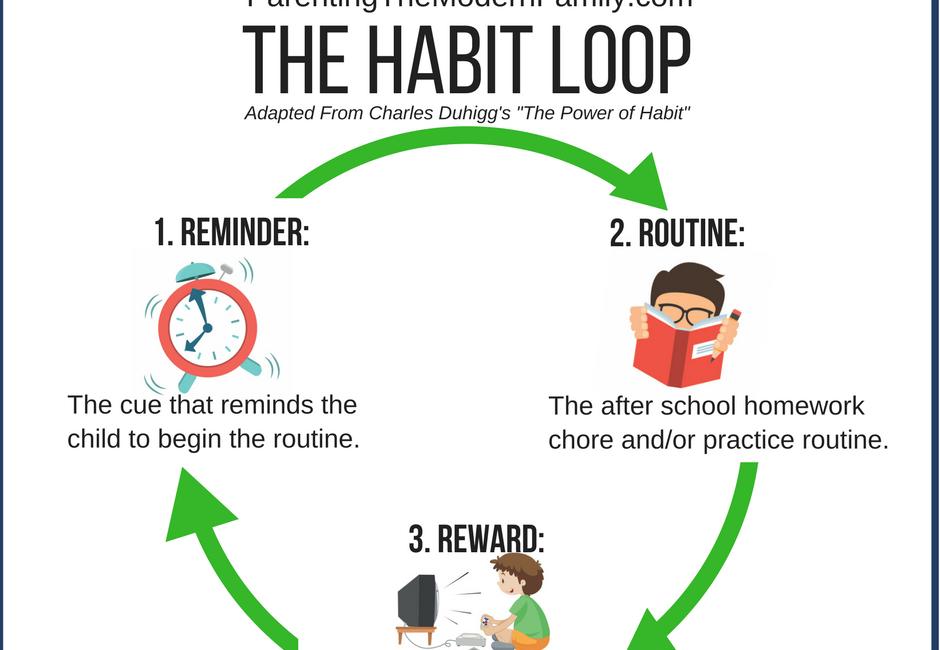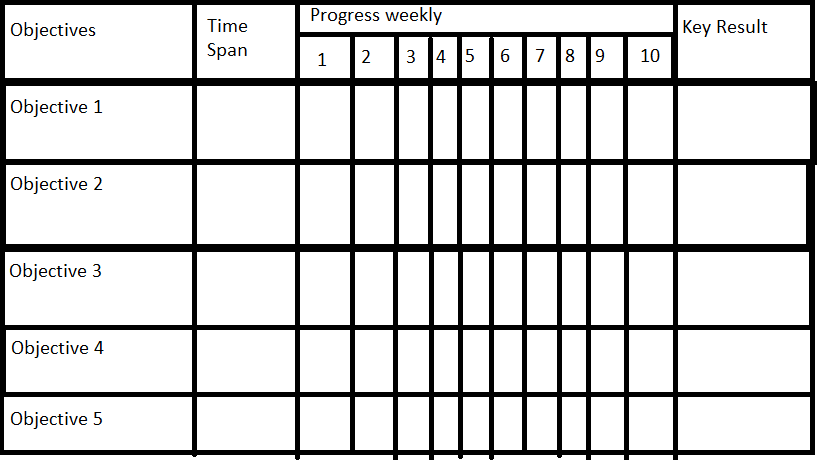Advanced OKR goal setting with tips and examples
A great boost in your goal setting productivity
For many executives and top performer, they believe setting your goals must simple and powerful to enough for quick changes. However, like all the people are not top 1% to set goals everyday aka making to-do lists, it is unlikely you will get started.
For those 99% of the people, I have actually written an article about setting SMART goal for beginner here.
Getting your hands on SMART goal setting for beginners
If you have ever wondered how you can set goals or you have thought about projects to hand soon in your mind and you want to really want to do it quickly or defer it efficiently. In any of these perspective where you are struggling to make your life automated and insightful, SMART goals are the ones you need to set up regularly without wasting your time …
If you are top 1% of the people or have read the SMART goal and implemented it, then I am sure you can read this goal setting framework as you will be eligible for it. In this article, I will breakdown in to 4 aspects of OKR goal setting:
Methodology and real life examples
how you can implement OKR
Summary question to make sure you understand OKR including personal questions
1. Methodology and real life examples
In spite of every methodology you come along in your life, you find find every method is sort of a significant figure of something especially concerning with real life projects. For this reason, goal setting in OKR require having a detailed correlation between heuristic you use and the implementation of reality.
However, to cover in more detail, here are specific guidelines quite important for every companies:
Having your goals public
reward yourself(individual employees including yourself)
Have additional systems to support your goals
Have strong enough reasons for your goals
Have considered obstacles along your goals
Track your goal with an external material(either physical or digital)
I will not be going detail about these step but I will provide some instruction for step 2 and step 3 as these are quite important.
2. Reward yourself and your employees
If you come to a point where you and your collaborators are really exhausted and even after your break, you can’t still concentrate on it. At one point, this is where you need to actually make your brain relaxed with something that could entertain you. However, according to this article by theguardian.com, the reason you can’t still be fulfilled with just relaxing because you are highly addicted with something and you want to do it time-to-time.
Therefore, if you want to learn more about breaking those bad habits by replacing with the good ones, check out this article about self-improvement:
Building solid foundation for self-improvement journey
What is self-improvement? Self-improvement is an act of taking on challenges and learning constantly in order to be improving everyday. For example, fitness, reading and meditation are good example of actions that could be taken on to self-improve yourself.
3. Making additional systems to support your goals
If you think clearly why using one system is not as good as multiple system, you might come over thinking about this idea of “quantity over quality”. In fact, according to pottery parable in this medium article, it states the quantity matters so much more than because perfection is like an infinite y value and you increase your proficiency depending on how much you tried to be perfect on a single thing butit has limit. On the other hand, when you do different average stuff a lot, your capabilities are improving faster because the amount you can do doesn’t have limited stretchability.
Because of this rule, I will provide 13 different self-evaulation tools that are both useful for person use and commerical use:
SWOT analysis
Benchmarking
Evaluate last ‘s year goals and change your goal barriers by adjusting to it
S.M.A.R.T goal(here is the article link if you want to check out: article)
B.H.A.G goal setting
Backward goal setting
One-word goal setting
Locke and Latham’s 5 principles of goal setting theory
Tiered Goal’s Framework
Golden Circle(Start with Why by Simon Sinek)
BSQ(Think Big, Act small and move quickly)
OGSM(Objectives, Goals, Strategies & Measures)
Goal pyramid
Make sure you search those systems in google, and I couldn’t provide you as this would be a lot for a newsleltter. Therefore, if you want a specific one, you can leave in the comment down below.
2. How you can implement OKR
After knowing the concept of OKR and how it works, I will provide you some guideline followed by the actual implementation. I will breakdown this part into 3 sections:
Guidelines
Tips & tricks for implementing OKR
The best flowcharts for getting started with OKR
1. Guidelines
When you try to simplify down the process with limitations, using guidelines in OKR is actually quite important and that is probably how it distinguish from SMART goal setting. Here are some of the list you should consider when setting Objectives:
Set descriptive goals using a piece of paper to visualize
Set achievable goals
Set time-focused goals(this can be optional but work best with learning and working on projects)
Create strong enough reasons and display them in the flowchart in the section 3
Create milestones
Make a plan and act on it
Track and analyze
Adjust the plan when needed
Focus on keystone habits(checkout this part of the article about keystone habits: article)
Although keeping these guidelines in mind, it is really important that you know Doerr's Goal formula which states that I will _(objective)_as measured by_(these key results) and also you really need to know these 4 rules to be successful at OKR by Henrik Jan van delpor, who is an expert at OKRs and KPIs(check out smart goal article for more information: article). These 4 rules are:
Your key results should almost always have a number
Set 5 or less objectives with up to 4 key results per quarter(3 months)
Expect people(individual or team members) to meet 70-80% of their OKRs
Set them both annually and quarterly
2.Tips & Tricks for implementing OKRs
When it comes to tips & tricks in OKR, the guideline below is already quite strict and probably enough for even those who just want to really get a very progressive and clear goal setting framework. However, from my experience, I would like to give you the best out of everything by giving you clear examples and a bonus planning technique call Eisenhower matrix.
In addition, for giving examples clearly, I would like to categorize different types of objectives into 4 categories:
Inspiring
Difficult
Explicit
Achievable
Something that intersects with 2 or more
1. Inspiring
Just like what I have said earlier, having a clear purpose and reminding yourself in a goal is also a pretty good idea but when you set OKRs, it means trying to set goals that are like finishing something that makes you even want to do more than what you are supposed to do.
Because this is relativism, I will not provide with examples anymore.
2. Difficult
This is the goal that is stretching your capabilities but follow the 3rd rule of 4 rules to be successful at OKR by Henrik Jan van delpor which states “the goal setter is expected to achieve 70-80% of the goal they set”. However, according to end-of history illusion, we humans tend to be thinking about perfection and not include obstacles, so you should use time tracking method which is shown in detaill in this part of the article in SMART goal: article.
Because this is dependent on different personality, I will not cover any examples.
3. Explicit
if you don’t get the meaning of explicit, explicit goals are goals that are categorical or more esoteric. In other words, these are the goals that have special meaning and hard to achieve if you don’t know the meaning. However, in business nomenclature, explicit goals are category specific objectives that are focused on outcome. A good example would be “Finish (a_project)”.
4. Achievable
When you try to do things for your life, which always end up unpredictable. Then, I recommend you go and check out this part on SMART goal article: article. Also, this is also dependent, I will not cover any examples.
5. Something that intersects with 2 or more categories
This is the part when you will met either ambiguity or a good one. However, for most part, I would either recommend a good that meets with all those 4 categories or something that at least sastisfy 2 or more categories.
The reason I added ambiguity is because sometimes the goal itself end up not meeting with all the categories because you tried to do make it with all or with a lot.
Ambiguity occurs because you overload yourself by trying to find perfect goal that intersects with 4 categories but end up with nothing.
3. The best flowcharts for getting started with OKR
Like most people, who wonder how to get the most out of the theory(aka the best implementation), I would suggest you choose either the first template(which is setting OKR goals in quarters) or the second one for making a yearly OKR getting setting.
The first one is like this:
The second one is like this:
Notice in the first template, I only include 10 weeks in the quarter because I think the last month of yours should be kept in a checklilst, which you should make yourself.





